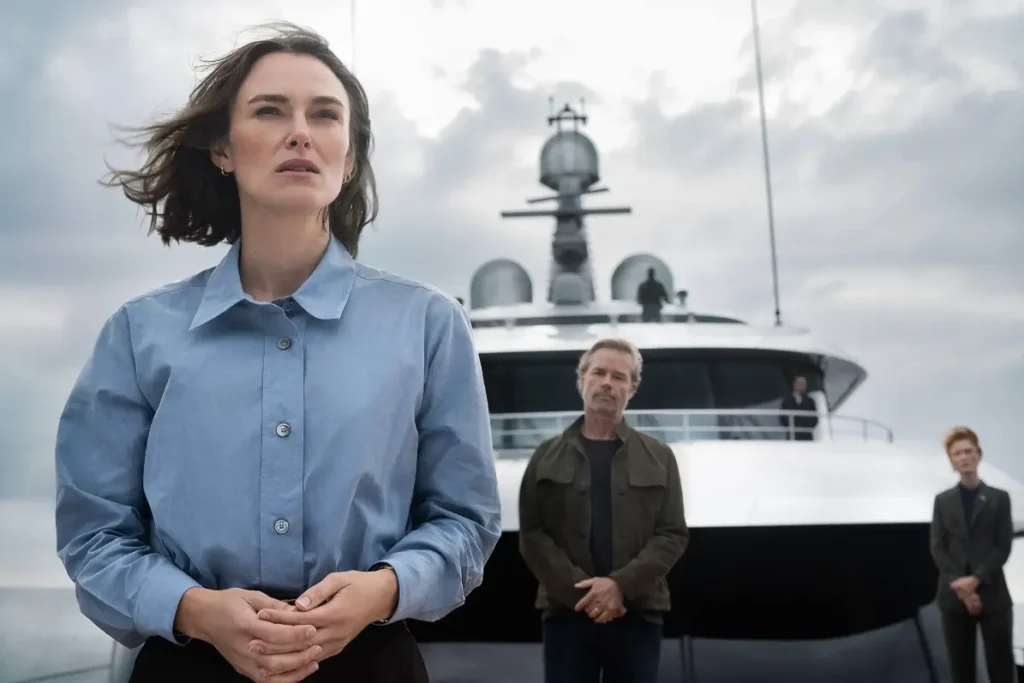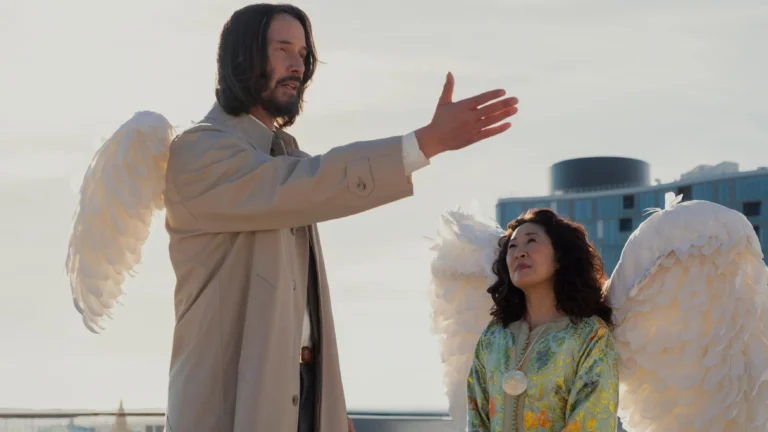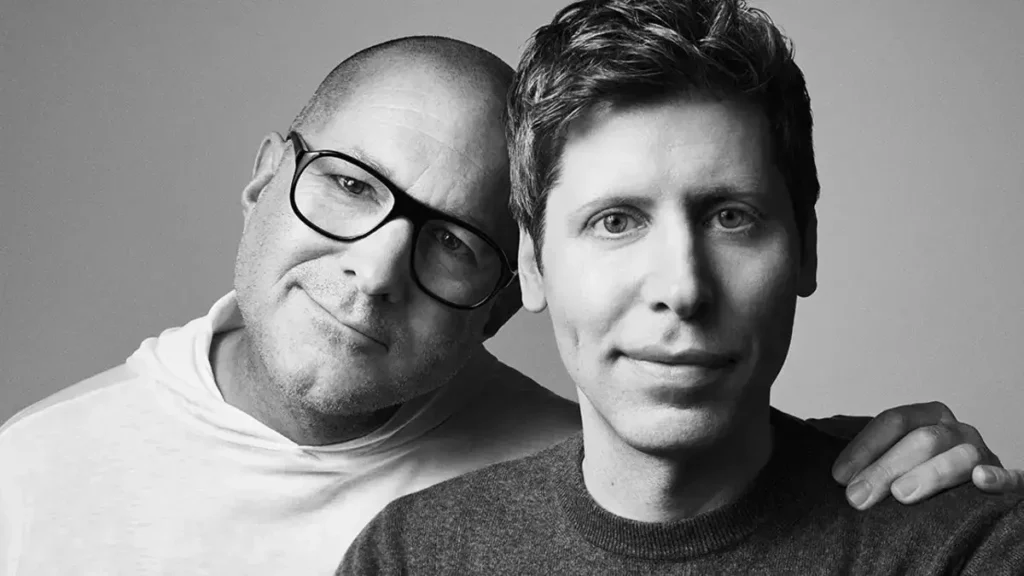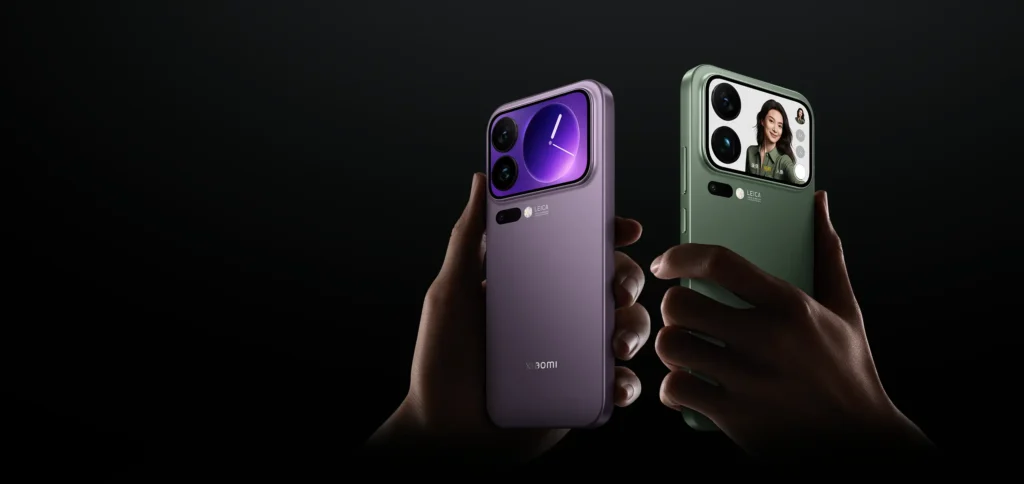The Woman in Cabin 10 Review: Netflix drops a thriller that gets everyone buzzing, the kind that promises mystery, paranoia, and a twist that’ll leave you stunned. The Woman in Cabin 10, starring Keira Knightley and Guy Pearce, seemed like one of those.
The setup? Perfect. The atmosphere? Icy, claustrophobic, and full of promise. But as the ship set sail, the excitement slowly started to leak out, much like a cruise with no real destination.
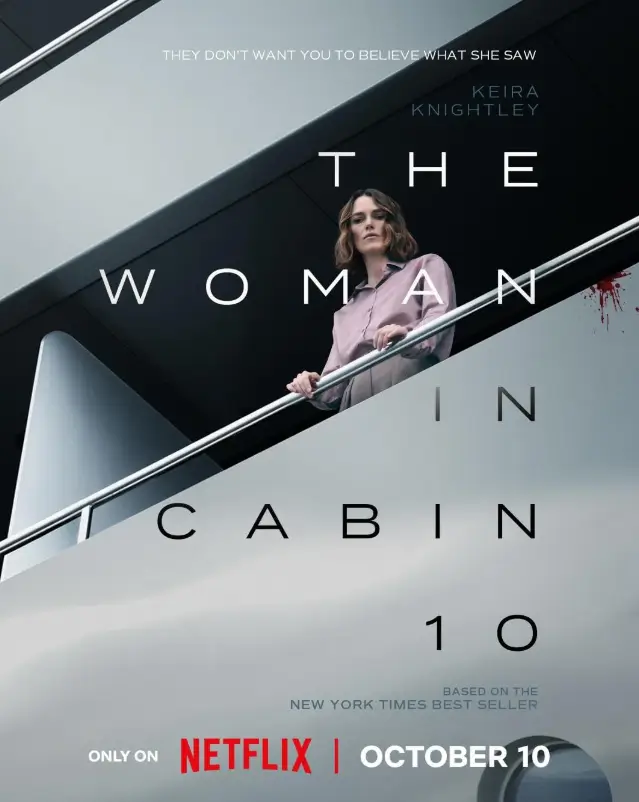
My Rating: 2.8/5
| Category | Details |
|---|---|
| Title | The Woman in Cabin 10 |
| Based On | Novel by Ruth Ware (2016) |
| Genre | Psychological Thriller / Mystery / Drama |
| Directed By | Simon Stone |
| Written By | Joe Shrapnel, Anna Waterhouse, Simon Stone |
| Starring | Keira Knightley, Guy Pearce, David Ajala |
| Production Status | In Development / Early Rumor Stage |
| Country | United Kingdom / United States |
| Language | English |
| Release Year | 2025 |
| Runtime | 1h 32m |
Table of Contents
ToggleThe Book That Feels Built for the Big Screen
Every once in a while, you read something that practically begs to be a movie. For me, that was Ruth Ware’s The Woman in Cabin 10. I tore through it in two days flat, a blur of stormy seas, unreliable memories, and that creeping sense that everyone’s lying to you.
The setup is irresistible: a travel journalist named Laura Blacklock boards a luxury cruise through the Norwegian fjords. It’s supposed to be a dream assignment, champagne, sleek hallways, and the kind of guests who own their own art collections.
Then, one night, Laura hears a splash. She’s sure she saw a woman being thrown overboard from the next cabin. The problem? Cabin 10 is supposedly empty. No one’s missing. And everyone on board seems a little too calm.
It’s part Agatha Christie, part Gone Girl, but with an arctic chill that gets under your skin.
Casting — The Perfect (or Dangerous) Choices
So when Hollywood rumors started floating around, with Keira Knightley and Guy Pearce supposedly circling the project, my brain went into overdrive. Knightley as Laura? Perfect. She can play that smart, brittle kind of paranoia better than almost anyone. Think her tight-lipped intensity in A Dangerous Method, but set against the icy glare of a Scandinavian sea.
Guy Pearce, on the other hand, would make a killer foil, maybe as the ship’s charming but suspicious guest liaison. He has that unsettling charisma: polite, polished, but with something ticking behind the eyes. You never quite know which side he’s on until it’s too late.
But here’s the catch: The Woman in Cabin 10 isn’t an action-driven story. It’s psychological claustrophobia. Ninety percent of the tension happens inside Laura’s head. Translating that to film without turning it into her pacing hallways and whispering, “I know what I saw,” on repeat… that’s the tightrope.
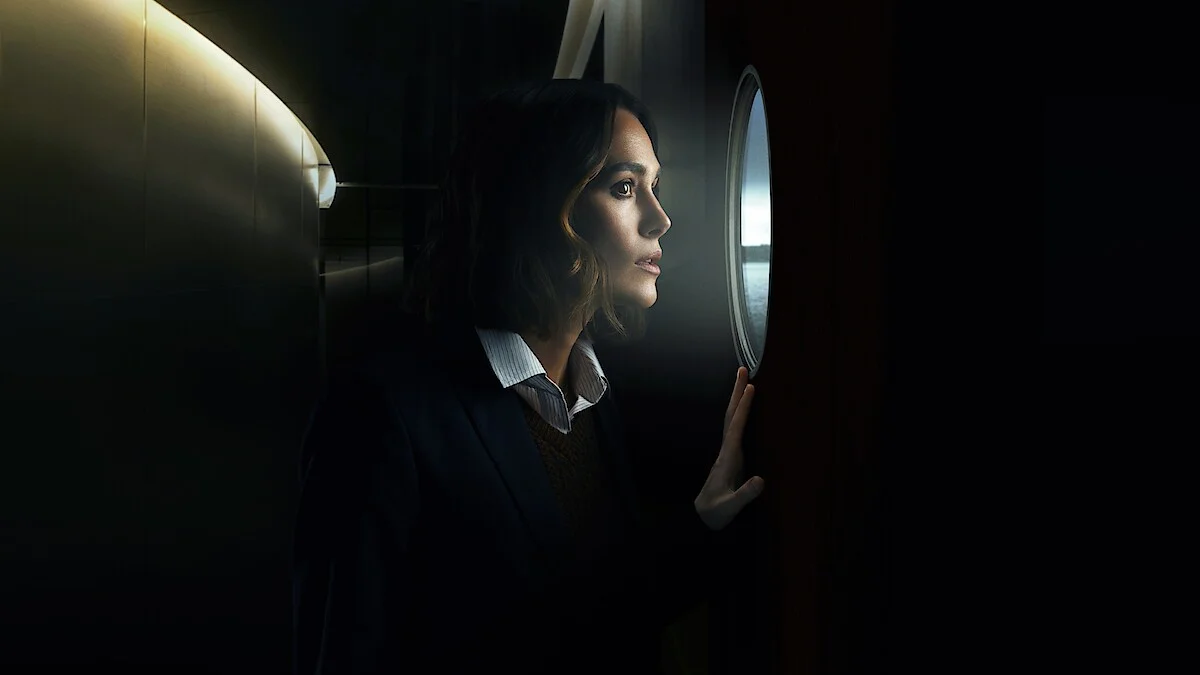
The Real Challenge — Making Paranoia Cinematic
The book works because we’re trapped inside Laura’s thoughts. We question everything she says. She drinks too much. She’s sleep-deprived. She’s grieving. Half the time, even she doubts what she saw. That’s what keeps you turning pages, not the body, but the uncertainty.
On screen, that kind of tension needs to come through craft.
Picture this: the camera lingers just a beat too long on an empty hallway. The sound design lets the low hum of the ship’s engine bleed into Laura’s growing panic. Maybe a metallic creak becomes a motif; we hear it before every key moment of doubt. Those are the sensory hooks that could make the paranoia feel real instead of repetitive.
If the director leans into that — the cold lighting, the narrow framing, the echo of waves against metal, this could be a masterclass in controlled tension. But if it’s just Laura wandering from room to room asking, “Did anyone see her?” well, that’s when audiences start checking their watches.
Tone, Texture, and the Thin Line Between Tense and Tedious
I imagine this film dripping with atmosphere: polished chrome surfaces reflecting Laura’s anxious face, deep blue shadows that swallow the hallways, the muffled thump of footsteps above deck at night. The ocean outside isn’t just a backdrop; it’s the enemy. There’s nowhere to run, nowhere to scream, nowhere to prove what you saw.
But the danger of adapting Cabin 10 is that the tension could easily flatten out. Once Laura’s disbelief sets in, it risks looping. In a novel, her internal panic drives that loop; in a movie, it needs visual variety, shifts in camera perspective, tonal breaks, maybe a flashback structure that deepens rather than repeats.
The script would need to trust silence more than dialogue. A close-up of a trembling hand gripping a wine glass can do more than ten lines of exposition ever could.
Also Read: Good Fortune Review: Keanu Reeves as an Angel Fixing Capitalism
Good & Bad of The Woman in Cabin 10
| The Good | The Bad |
|---|---|
| Keira Knightley’s committed performance | Flat, repetitive writing |
| Beautiful cinematography and setting | Weak pacing and tension |
| Promising premise | Predictable and lame reveal |
| Atmospheric tone early on | Shallow characters |
| Compact runtime | No emotional or narrative payoff |
Would It Work? My Verdict
If done right, if someone like Denis Villeneuve (Prisoners, Enemy) or Emerald Fennell (Promising Young Woman) took the helm, The Woman in Cabin 10 could be a knockout. A sleek, psychological thriller where beauty masks dread. But get it wrong, and it becomes another hollow Netflix mystery: glossy, well-acted, but emotionally weightless.
The truth is, the story already feels cinematic. The trick is making sure the film doesn’t lose the one thing that made the book terrifying, the idea that the real horror isn’t the woman who vanished, but the thought that maybe no one will ever believe you did.
Bottom line: The Woman in Cabin 10 has all the ingredients: an unreliable narrator, a chillingly isolated setting, and the potential for knockout performances. Whether it becomes Gone Girl at Sea or just another pretty shipwreck depends entirely on how brave the adaptation is willing to be with silence, perspective, and truth.
